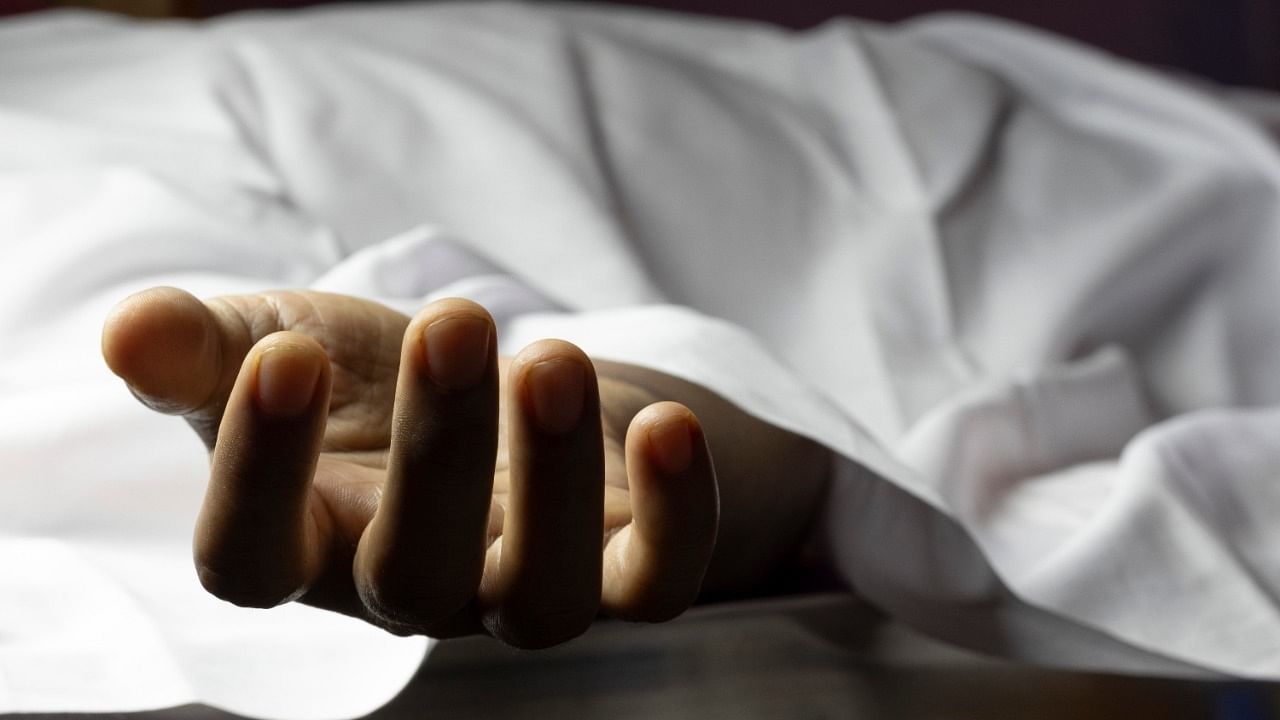
George Nassar, a twice-convicted murderer who said that his former cellmate Albert DeSalvo had confessed to him that he had killed the 13 women whose deaths in the early 1960s were widely attributed to the Boston Strangler, died Dec. 3, 2018 — largely out of view of the outside world — in a prison hospital in Boston. He was 86.
His death, at the Lemuel Shattuck Hospital Correctional Unit, was caused by prostate cancer, Samantha Higgins, a spokesperson for the Massachusetts Department of Correction, said in an email Monday.
His death was not publicly reported at the time.
The killings terrorized women in the Boston area from 1962 to 1964, and DeSalvo’s name became synonymous with the Boston Strangler in newspaper and television coverage and in a 1968 film, The Boston Strangler, starring Tony Curtis as DeSalvo.
A new movie about the case, Boston Strangler, which stars Keira Knightley and Carrie Coon and in which Nassar is played by Greg Vrotsos, asserts in a postscript that “George Nassar is still in prison in Massachusetts.”
That claim intrigued Sarah Weinman, a crime journalist and the Crime & Mystery columnist for The New York Times Book Review. “If he was indeed alive, Nassar would be nearing 90,” she wrote in an email. “Considering he’d revealed a diagnosis of terminal cancer when last interviewed in 2018, the likelihood that he still lived seemed minuscule.”
A call by her to the Massachusetts corrections department confirmed his death, although the details were not immediately provided.
The prison confession that DeSalvo made to Nassar, in 1965, was one of several by him, making DeSalvo the primary suspect in the Boston Strangler case, although he was never charged with those crimes. Nassar publicly told his story about the confession at least twice.
In 1995, Nassar recalled in an interview with The Boston Globe that DeSalvo had described the killings 30 years earlier as they walked along a concrete hallway at Bridgewater State Hospital in Massachusetts, where both men were incarcerated and undergoing mental health evaluations. DeSalvo was being held on unrelated charges of armed robbery, assault and sex offenses involving four women.
“He began describing a crime and watching my reaction to see if it was too abhorrent to listen to,” Nassar said. “Some of it was horrible, particularly the crimes of stabbing a woman under her breasts in Cambridge. But I wasn’t there to condemn.”
In a 2018 prison interview, he told Cheryl Fiandaca, a reporter for WBZ-TV in Boston, that he was convinced that DeSalvo had told him the truth.
“He convinced me by the description,” Nassar said. “He was getting it off his chest,” telling Nassar “about the specifics of each crime.”
Nassar told his lawyer, famed criminal defense attorney F. Lee Bailey, about the confession and recruited him to represent DeSalvo.
“We were setting it up,” he told WBZ, “saying, ‘Al, you’re going to confess, you’re going to trial, you’re going to do your book, we’re going to take care of your family,’ and he was saying, ‘OK, OK, OK.’”
DeSalvo subsequently confessed to Bailey and gave his account to psychiatrists, a state investigator and Boston police, but for reasons that are unclear he was never charged with any of the killings. He later retracted the confession.
In 1967, DeSalvo was convicted of the robbery, assault and sex offenses he had been charged with and sentenced to life imprisonment. During the trial, another inmate, Stanley Setterlund, testified that DeSalvo had confessed to the murders “and laughed.”
DeSalvo was knifed to death in 1973 in his bed in the hospital wing of Walpole State Prison (now the Massachusetts Correctional Institution-Cedar Junction).
Police had other suspects in the Boston Strangler cases — at least six at one point — but no one ever stood trial.
In 2013, however, DeSalvo was linked to one of the Boston Strangler’s crimes. Seminal fluid in the Beacon Hill apartment where Mary Sullivan, 19, the last of the 13 victims, had been raped and killed was matched to the exhumed remains of DeSalvo.
Nassar was, for a time, thought of as a suspect in the killings. At least two women who had escaped the Boston Strangler were taken to Bridgewater and identified Nassar, not DeSalvo, as the assailant, according to the Globe article.
“I had nothing to do with it,” Nassar told the newspaper.
He maintained his innocence in the WBZ interview, then said, “If I had been, theoretically, on a score with Al and we were in a criminal conspiracy together, and I found out that he was murdering women and getting away with it, I’d have given him a quick and painless death, right there.”
Nassar was born June 7, 1932, in Providence, Rhode Island, and grew up in Lawrence, Massachusetts. His parents worked at local mills, his father, Henry, as a weaver, and his mother, Helen, as a bobbin setter, according to The Boston Stranglers, a 1995 book by Susan Kelly.
He was 15 when he was charged with killing a shopkeeper in Lawrence in 1948. Convicted, he served 13 years in prison. Three years after being paroled — during the time when the Boston Strangler killings occurred — Nassar was charged with killing a gas station owner in Andover, Massachusetts, and convicted of first-degree murder.
He soon met DeSalvo at Bridgewater.